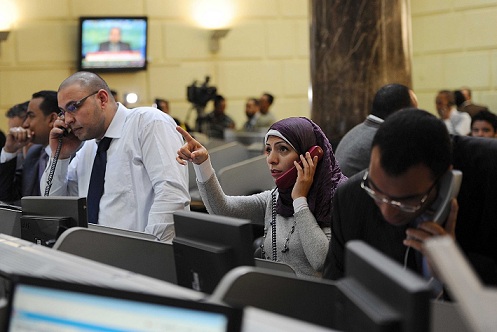Egypt’s Financial Regulatory Authority (FRA) has agreed to grant the first licence for small and medium enterprise (SME) funding to a company operating in the microfinance sector.
This licence allows the company to provide financing to SMEs for the first time in the non-banking financial sector (NBFC).
This implements the latest legislative amendment issued in October 2020 by Law No 201 of 2020, allowing for the financing of SMEs by companies, associations, and civil institutions licenced to engage in microfinance activity by the authority.
FRA Chairperson Mohamed Omran said that the legislative amendment aims to increase funding opportunities directed to newly established SMEs that have been established no longer than two years ago.
The law defined these companies as those newly established enterprises whose capital amounts to between EGP 50,000 and EGP 3m for small non-industrial enterprises, or less than EGP 5m for small industrial projects.
This is in addition to newly established projects whose capital amounts to between EGP 3m and EGP 5m for medium non-industrial enterprises, or between EGP 5m and EGP 15m for medium industrial enterprises.
Omran said that the legislative amendment did not place restrictions on the financing directed to SMEs, out of the belief that these projects are characterised by financing needs that differ from one project to another.
The FRA is keen on confirming this with the regulations of providing licences for SMEs financing. The regulations stipulate that the amount of financing is determined according to a credit study prepared by the financing authority in light of the project’s financing needs and creditworthiness.
Microfinance activity in Egypt has achieved remarkable success, as the activity statistics indicate that by the end of May 2021, the number of beneficiaries of microfinance services reached 3.3 million. This includes a financing portfolio of about EGP 21.7bn.
Under this, the share of women benefiting reached about 62% out of 2 million beneficiaries. The share of young people of both genders, and the beneficiaries of activity services, reached about 63%.








